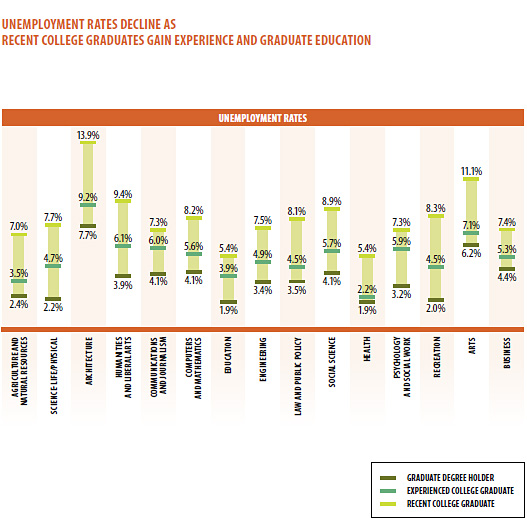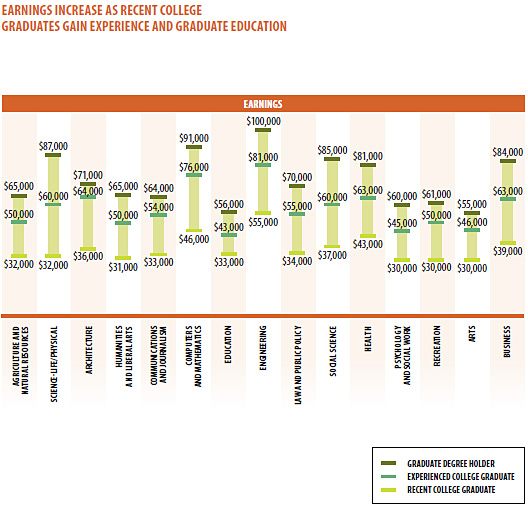12:21 p.m. | Updated Added a fuller list of majors at the bottom of the post.
We got an interesting question from an academic adviser at a Texas university: could we tell what the top 1 percent of earners majored in?
The writer, sly dog, was probably trying to make a point, because he wrote from a biology department, and it turns out that biology majors make up nearly 7 percent of college graduates who live in households in the top 1 percent.
According to the Census Bureau’s 2010 American Community Survey, the majors that give you the best chance of reaching the 1 percent are pre-med, economics, biochemistry, zoology and, yes, biology, in that order.
The 1 Percent
Looking at the top of the economic strata.
Below is a chart showing the majors most likely to get into the 1 percent (excluding majors held by fewer than 50,000 people in 2010 census data). The third column shows the percentage of degree holders with that major who make it into the 1 percent. The fourth column shows the percent of the 1 percent (among college grads) that hold that major. In other words, more than one in 10 people with a pre-med degree make it into the 1 percent, and about 1 in 100 of the 1 percenters with degrees majored in pre-med.
Of course, choice of major is not the only way to increase your chances of reaching the 1 percent, if that is your goal. There is also the sector you choose.
A separate analysis of census data on occupations showed that one in eight lawyers, for example, are in the 1 percent — unless they work for a Wall Street firm, when their chances increase to one in three. Among chief executives, fewer than one in five rank among the 1 percent, but their chances increase if the company produces medical supplies (one in four) or drugs (two in five). Hollywood writers? One in nine are 1 percenters. Television or radio writers? One in 14. Newspaper writers and editors? One in 62.
Article source: http://feeds.nytimes.com/click.phdo?i=242b5b10613ea017c8b4126ad139e1f6

